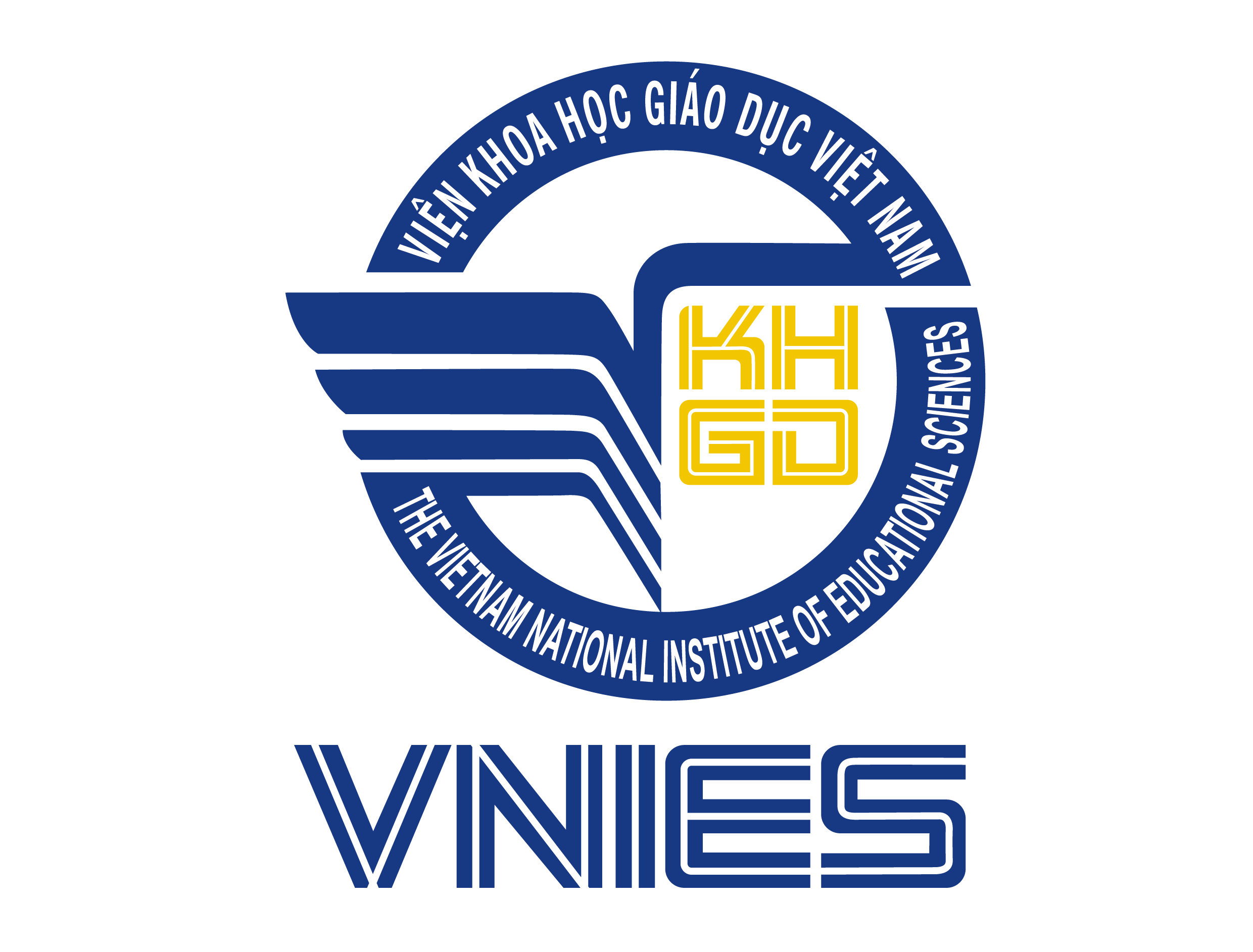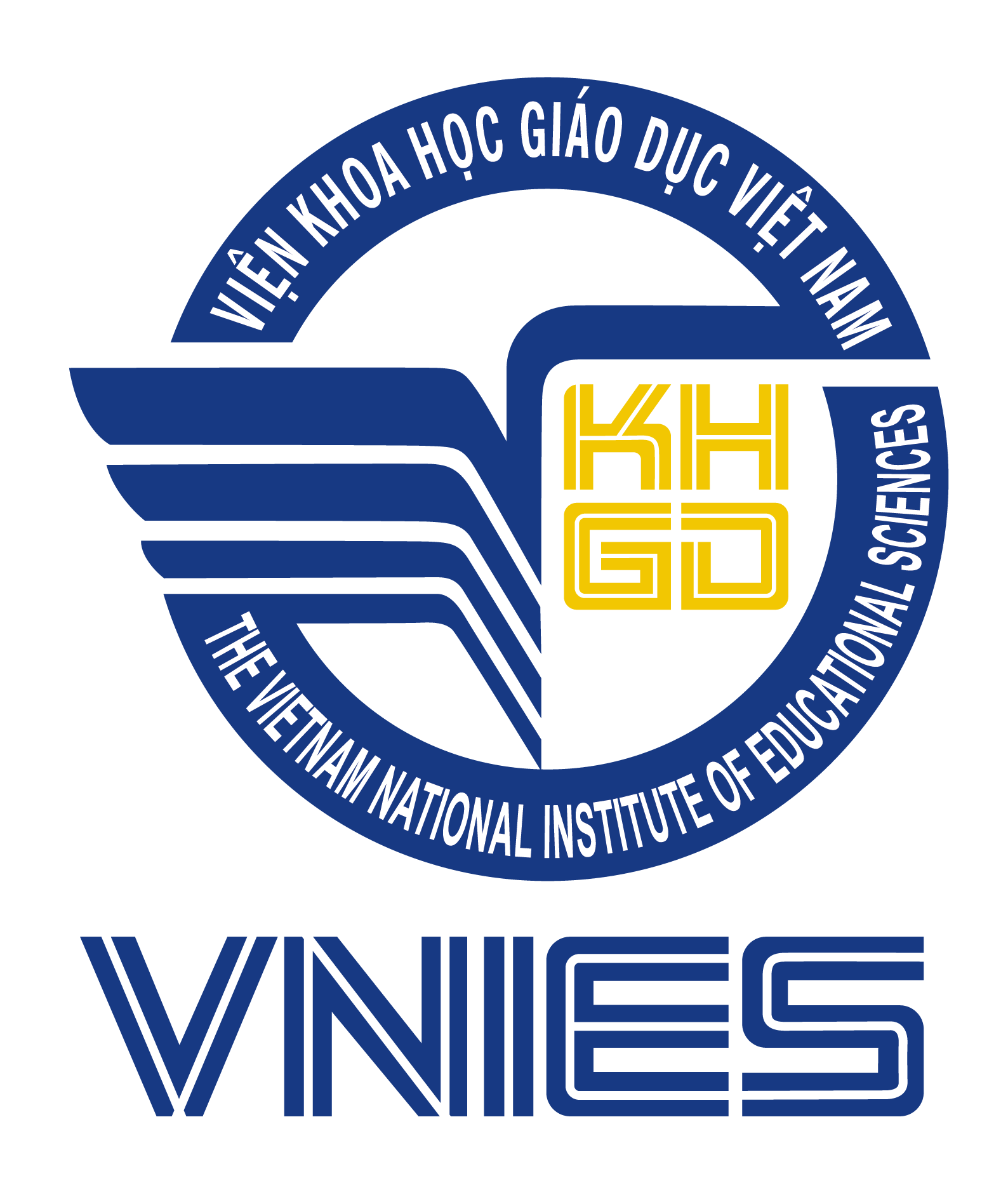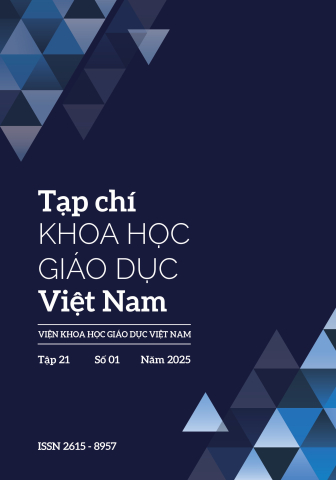[1] Alshumaimeri, Y. A., & Alshememry, A. K. (2023). The extent of AI applications in EFL learning and teaching. IEEE Transactions on Learning Technologies, 17, 653–663.
[2] Baranwal, D. (2022). A Systematic Review of Exploring the Potential of Teachable Agents in English Learning. Pedagogical Research, 7(1).
[3] Celik, I., Dindar, M., Muukkonen, H., & Järvelä, S. (2022). The promises and challenges of artificial intelligence for teachers: A systematic review of research. TechTrends, 66(4), 616–630.
[4] Chamorro-Atalaya, O., Huarcaya-Godoy, M., Durán Herrera, V., Nieves-Barreto, C., Suarez-Bazalar, R., Cruz-Telada, Y., Alarcón-Anco, R., Huayhua Mamani, H., Vargas-Diaz, A., & Balarezo-Mares, D. (2023). Application of the chatbot in university education: A systematic review on the acceptance and impact on learning. International Journal of Learning, Teaching and Educational Research, 22(9), 156–178.
[5] Deng, X., & Yu, Z. (2023). A meta-analysis and systematic review of the effect of chatbot technology use in sustainable education. Sustainability, 15(4), 2940.
[6] Katsarou, E., Wild, F., Sougari, A.-M., & Chatzipanagiotou, P. (2023). A systematic review of voice-based intelligent virtual agents in EFL education. International Journal of Emerging Technologies in Learning (IJET), 18(10), 65–85.
[7] Kuhail, M. A., Alturki, N., Alramlawi, S., & Alhejori, K. (2023). Interacting with educational chatbots: A systematic review. Education and Information Technologies, 28(1), 973–1018.
[8] Laici, C., & Pentucci, M. (2019). Feedback with technologies in higher education: a systematic review. Form@ Re-Open Journal per La Formazione in Rete, 19(3), 6–25.
[9] Marín-Rodriguez, W. J., Andrade-Girón, D. C., Zúñiga Rojas, M., Susanibar-Ramirez, E. T., Calvo-Rivera, I. P., Ausejo-Sanchez, J. L., & Caro-Soto, F. G. (2023). Artificial Intelligence and Augmented Reality in Higher Education: a systematic.
[10] Okonkwo, C. W., & Ade-Ibijola, A. (2021). Chatbots applications in education: A systematic review. Computers and Education: Artificial Intelligence, 2, 100033.
[11] Rice, M. F., & Dunn, S. (2023). The use of artificial intelligence with students with identified disabilities: A systematic review with critique. Computers in the Schools, 40(4), 370–390.
[12] Riza, A. N. I., Hidayah, I., & Santosa, P. I. (2023). Use of chatbots in e-learning context: A systematic review. 2023 IEEE World AI IoT Congress (AIIoT), 819–824.
[13] Sharifuddin, N. S., & Hashim, H. (2024). Benefits and Challenges in Implementing Artificial Intelligence in Education (AIED) in ESL Classroom: A Systematic Review (2019-2022). International Journal of Academic Research in Business and Social Sciences, 14(1), 146–164.
[14] Suparyati, A., Widiastuti, I., Saputro, I. N., & Pambudi, N. A. (2023). The role of artificial intelligence (AI) in vocational education. JIPTEK: Jurnal Ilmiah Pendidikan Teknik Dan Kejuruan, 17(1).
[15] Wollny, S., Schneider, J., Di Mitri, D., Weidlich, J., Rittberger, M., & Drachsler, H. (2021). Are we there yet? A systematic literature review on chatbots in education. Frontiers in Artificial Intelligence, 4, 654924.
[16] Woo, J. H., & Choi, H. (2021). Systematic review for AI-based language learning tools. ArXiv Preprint ArXiv:2111.04455.


